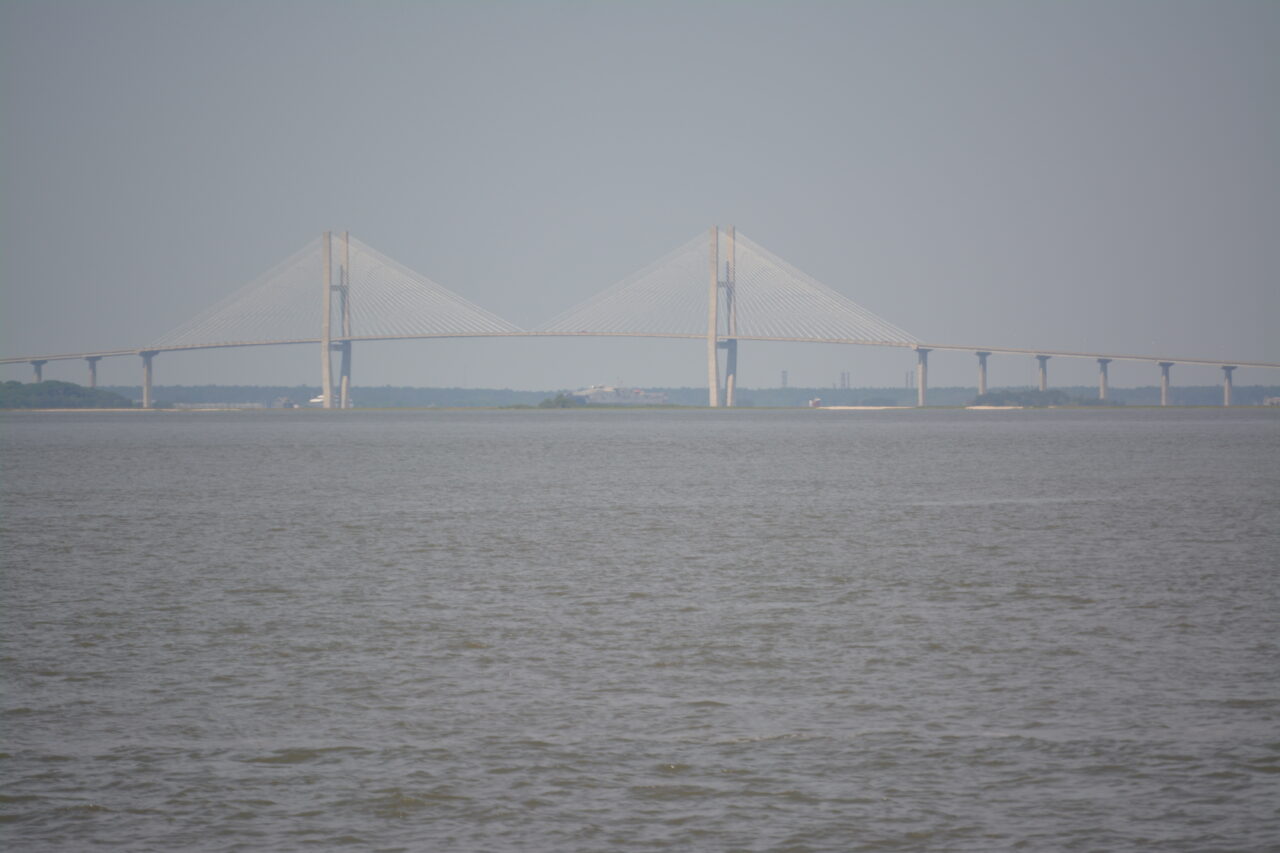The deployment of the National Guard without the consent of a state’s governor is a rare and controversial action, but it is permitted under U.S. federal law and has historical precedent. The National Guard, which operates under a unique dual state-federal control system, can be activated by both the governor of a state and the President of the United States. While governors typically control the Guard for local emergencies, the President can federalize National Guard units under specific circumstances outlined by the Constitution and statutory law.
Constitutional and Legal Basis
The President’s authority to deploy the National Guard without state consent primarily derives from the Constitution’s Commander-in-Chief clause and from federal statutes, especially the Insurrection Act of 1807. This law allows the President to deploy military forces, including the National Guard, to suppress civil disorder, insurrection, or rebellion. It has been amended several times, most notably to permit the President to intervene if state authorities are unable—or unwilling—to protect civil rights.
Under Title 10 of the U.S. Code, when the National Guard is federalized, it falls under the direct command of the President. This effectively removes it from the governor’s control. This is distinct from Title 32 status, in which Guard members remain under state control but receive federal funding.
Historical Examples
One of the most well-known instances of presidential deployment without state consent occurred in 1957 during the desegregation crisis in Little Rock, Arkansas. President Dwight D. Eisenhower sent the 101st Airborne Division and federalized the Arkansas National Guard to enforce the integration of Central High School, overriding Governor Orval Faubus’s resistance. This action was justified under the Insurrection Act and set a precedent for federal intervention to uphold civil rights.
Another example is the 1962 University of Mississippi integration crisis. President John F. Kennedy federalized the Mississippi National Guard to ensure the enrollment of James Meredith, the first African American student admitted to the university, despite strong opposition from Governor Ross Barnett.
In more recent years, discussions around using the National Guard without state consent emerged during civil unrest in 2020, particularly in the wake of protests following the death of George Floyd. Although the Trump administration considered invoking the Insurrection
Act, it ultimately did not do so. Still, the debates highlighted the tension between federal authority and state sovereignty.
The current deployment in Los Angeles is troubling in many ways.
Controversy and Debate
The unilateral use of the National Guard by a President is often met with legal and political resistance. Critics argue that such actions may undermine federalism and violate the principle of state sovereignty. Supporters counter that the federal government must retain the ability to respond to national emergencies and protect civil rights when states fail to do so.
In summary, while the President does have the authority to deploy the National Guard without a governor’s consent under specific federal laws, such actions are rare and typically occur during periods of extreme unrest or when civil rights are threatened. The use of this power remains a flashpoint in the broader debate over the balance between federal and state authority in the United States.

